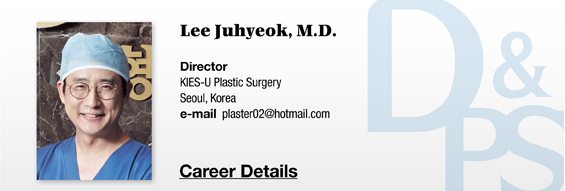
Etiology
Hu et al. provided a very important finding in their study on ALCL’s association with capsular contracture. They found a bacteria load in both the ALCL specimen and nontumor capsule sample (obtained from a contracture case). Interestingly, staphylococcus spp. was a dominant strain in the nontumor capsule, whereas ralstonia spp. was found in the ALCL specimen (Bacterial Biofilm Infection Detected in Breast Implant-Associated Anaplastic Large-Cell Lymphoma, Hu, Honghua Ph.D.; Johani, Khalid; Almatroudi, Ahmad; Vickery, Karen Ph.D., B.V.Sc, Plastic & Reconstructive Surgery: June 2016 – Volume 137 – Issue 6 – p 1659-1669).
Ralstonia spp. is a pathogenic gram negative bacterium. It is surprising that it was found in the ALCL specimen as it is commonly infected through contaminated medical solutions. Ralstonia spp. is known to cause serious soft tissue or implant related infection. It has intrinsic resistance to current prophylactic antibiotics or aminoglycoside.
The finding that a majority of ALCL cases occurred with textured shell implants is in agreement with the higher biofilm load of textured shell and proportionally higher T-cell hyperplasia.
Hu et al. pointed out that infection with Ralstonia may have caused lymphoma around the implant much like the infection with Helicobacter Pylori is a major cause of gastric marginal zone lymphoma.
That is, there may be two inflammatory pathways. Biofilm of gram positive strains leads to fibrosis and capsular contracture, whereas, gram negative biofilm leads to lymphocyte stimulation and transformation (eventually, lymphoma).
Although these suspicions need be supported by scientific data, they are still meaningful. We may achieve much more advanced knowledge on etiology of capsular contracture and ALCL by extensively studying the human body’s biochemical reactions to microorganisms. What we know so far is there is an association between biofilms and ALCL and different bacterial strains are involved in ALCL and capsular contracture. There is no proof of a causal link between bacteria and ALCL.
HELIOSⅡ/LOTUSⅡ/HYPERION – Manufacturer: LASEROPTEK(www.laseroptek.com)
Finally, I would like to ask this question; Why was not a single case of BIA-ALCL reported in Korea?
In the US, the textured breast implants were first introduced in the 1980s and widely used in the 1990s. Cases of ALCL started being reported about 10 years later. This timeline makes sense as chronic biofilm infection gradually causes inflammation, immune activation, and subsequent transformation. Although there are no official statistics, it is true that breast augmentation surgeries drastically increased in the mid 2000s in Korea, following MFDS’s approval of cohesive gel (and textured shell implants). Considering the majority of patients were in their 20s and 30s and malignant tumors tend to affect an older age group, the incidence of ALCL may be delayed in Korea by a few years compared to other countries.
Various countries have reported a widely varying rates of BIA-ALCL. For example, there were a much higher number of cases in Australia and New Zealand and a lower number of cases in Europe. So far, no cases have been reported from Korea, Japan and several European countries. However, there is no denying that ALCL is a very important issue around the world. Korea may not be forever unaffected by it. I hope my fellow health care providers become more interested in BIA-ALCL. There needs to be more data and information about the risk of BIA-ALCL associated with textured implants and it should be included in the consent gathering phase prior to surgery. ALCL may be a rare condition with favorable prognosis and it is true there have been no reported cases in Korea. It is, nonetheless, a malignant tumor and all measures should be in place to prevent it.
-To be continued




















